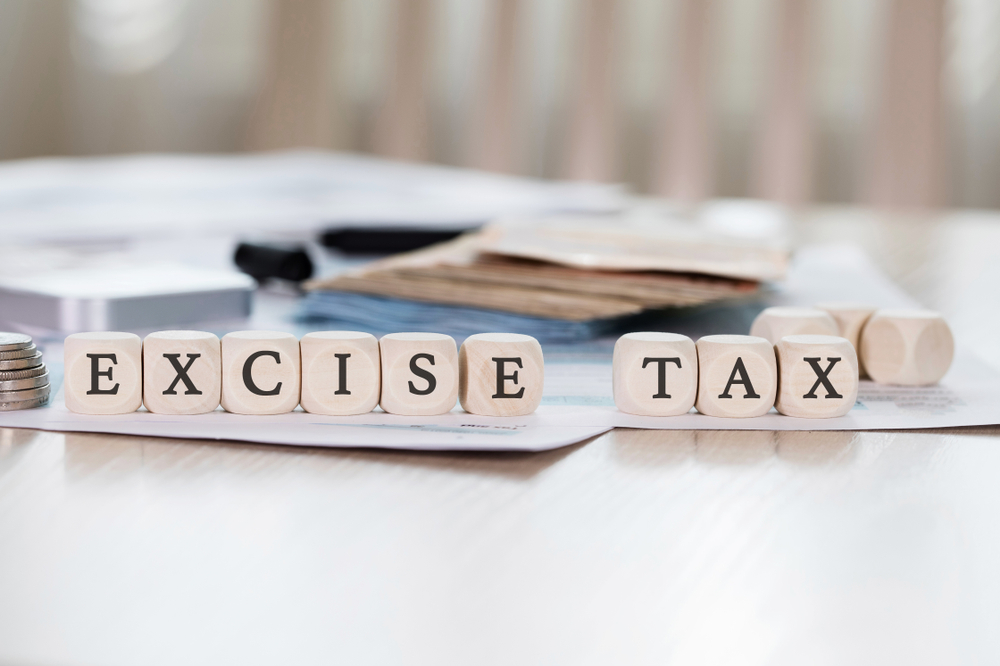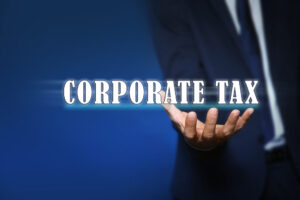Taxation plays a vital role in every economy, ensuring the government has funds to provide public services and infrastructure. Among the various types of taxes businesses and consumers encounter, two commonly discussed ones are Excise Tax and Value Added Tax (VAT). While both are indirect taxes that affect the price of goods and services, they differ in purpose, application, and structure. Understanding these differences is essential for business owners, importers, and consumers to remain compliant and make informed decisions.
What Is VAT (Value Added Tax)?
Value Added Tax (VAT) is a broad-based consumption tax applied to the value added at each stage of the production and distribution process. Essentially, VAT is charged on most goods and services purchased or sold, with consumers ultimately bearing the cost.
VAT is imposed as a percentage of the price of goods and services. Businesses collect VAT on behalf of the government and are required to file periodic VAT returns. The tax applies at every step of the supply chain—from manufacturers to wholesalers to retailers—but since businesses can claim input tax credits, only the final consumer ends up paying the full VAT amount.
Example:
If a manufacturer sells a product for AED 100 plus 5% VAT, the retailer pays AED 105. When the retailer sells it to the consumer for AED 200, they add 5% VAT again (AED 10). The retailer then remits only the net VAT (AED 5) to the government, since they already paid AED 5 VAT to the manufacturer.
Purpose of VAT:
- To generate government revenue through consumption.
- To ensure fair taxation across goods and services.
- To create a transparent tax system where every stage of value addition is taxed.
What Is Excise Tax?
Excise Tax is a selective tax imposed on specific goods that are considered harmful to health or the environment. It is also known as a “sin tax” because it typically targets products like tobacco, soft drinks, energy drinks, and fuel. The purpose is twofold: to generate revenue and to discourage consumption of harmful products.
Unlike VAT, Excise Tax is applied only once—usually at the point of import or production—before the goods reach consumers. It significantly increases the retail price of the targeted goods to reduce their demand.
Example:
If a pack of cigarettes costs AED 10 and the Excise Tax rate is 100%, the new cost becomes AED 20. When VAT (5%) is applied afterward, the total retail price becomes AED 21.
Purpose of Excise Tax:
- To discourage the use of harmful or luxury products.
- To promote healthier lifestyle choices among consumers.
- To support government initiatives by generating additional revenue.
Key Differences Between Excise Tax and VAT
| Factor | Excise Tax | Value Added Tax (VAT) |
|---|---|---|
| Scope | Imposed on specific goods like tobacco, soft drinks, and energy drinks. | Applies to most goods and services. |
| Purpose | To discourage consumption of harmful products and generate revenue. | To generate government revenue from general consumption. |
| Application | Charged once, usually at production or import. | Applied at every stage of the supply chain. |
| Tax Base | Based on quantity or retail price of specific products. | Based on the value added to goods and services. |
| Impact | Increases price of selected items significantly. | Affects all consumers equally on general purchases. |
| Recoverability | Not recoverable by businesses. | Recoverable through input tax credit mechanism. |
| Consumer Effect | Targets specific consumer behaviors (e.g., smoking, sugar consumption). | Broadly affects all consumers. |
| Rate | Varies depending on product type (e.g., 50%, 100%). | Usually a fixed rate (e.g., 5% in the UAE). |
How Excise Tax and VAT Work Together
In countries like the United Arab Emirates (UAE), both VAT and Excise Tax exist simultaneously. Businesses dealing with excise goods must first pay Excise Tax, and then VAT is applied to the total value (including the Excise Tax amount).
Example:
Let’s say an energy drink costs AED 10.
- Excise Tax (100%) = AED 10 → New price: AED 20
- VAT (5%) on AED 20 = AED 1
- Final consumer price = AED 21
This means consumers end up paying VAT on the excise-inflated price, increasing the total cost further. Businesses must account for this when pricing goods and filing tax returns.
Compliance and Registration Requirements
Both taxes require registration and compliance with local tax authorities. In the UAE, businesses must register with the Federal Tax Authority (FTA) if they meet the relevant thresholds.
For VAT:
- Businesses must register if their taxable supplies exceed AED 375,000 per year.
- Voluntary registration is allowed if supplies exceed AED 187,500 per year.
- VAT returns are typically filed quarterly.
For Excise Tax:
- Businesses that import, produce, or store excise goods must register before starting operations.
- Excise Tax is filed monthly, and companies must maintain detailed inventory records of excise goods.
Failing to comply can lead to penalties, including fines and business restrictions.
Why Understanding the Difference Matters
Understanding the difference between Excise Tax and VAT is essential for:
- Businesses – to remain compliant, manage pricing strategies, and avoid penalties.
- Consumers – to make informed purchasing decisions and understand product pricing.
- Policy Makers – to design effective taxation systems that promote both revenue and public welfare.
For instance, if you’re a retailer dealing in soft drinks or tobacco, knowing your excise obligations ensures accurate pricing and profit calculations. On the other hand, service providers like restaurants or retailers primarily focus on VAT compliance.
Excise Tax and VAT in the UAE
The UAE introduced Excise Tax in 2017 and VAT in 2018 to diversify revenue sources beyond oil income.
Excise Tax Rates in the UAE include:
- 100% on tobacco products and energy drinks.
- 50% on carbonated and sweetened beverages.
- 50% on electronic smoking devices.
VAT Rate in the UAE:
- A standard 5% rate applies to most goods and services, with some exemptions like education, healthcare, and certain financial services.
These taxes have helped the UAE establish a robust fiscal system while promoting healthier consumption patterns.
Last Thoughts
Both Excise Tax and VAT are essential components of a country’s taxation system, but they serve distinct purposes.
- Excise Tax targets specific goods to discourage harmful consumption and generate additional revenue.
- VAT is a broad-based consumption tax applied to most goods and services, ensuring steady government income.
For businesses operating in regions like the UAE, understanding how these taxes work—and how they interact—is crucial for compliance, pricing, and strategic planning. By staying informed and ensuring proper registration and filing, businesses can avoid penalties while contributing positively to the economy.





